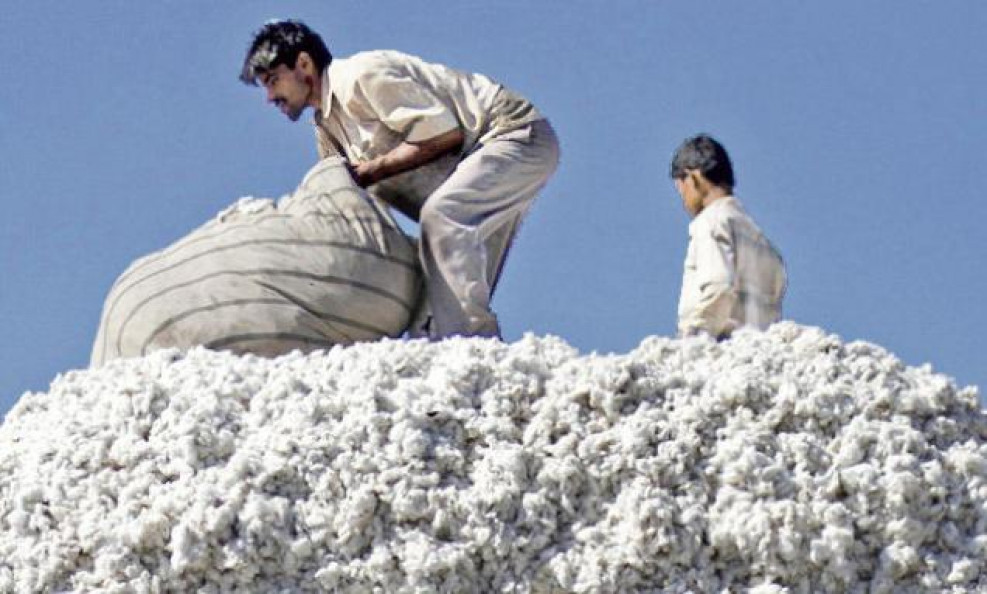Cotton being an agricultural and seasonal commodity, over 90 per cent of the cotton arrives the market during December to March every cotton season. “Owing to working capital constraint and high cost of funding, the spinning mills normally maintain two to three months’ stock after the season and procure the balance cotton from open market during July to October.
The country has been so far producing surplus cotton and exporting the same to different countries, especially Bangladesh. But during the current season, owing to substantial increase in demand and export of around 50 lakh bales, the country is likely to face 30 to 40 lakh bales cotton shortage,” said Southern India Mills’ Association (SIMA) in a release.
The millers said that unprecedented increase in domestic cotton price from the level of Rs 135 per kg (Feb 2021) to Rs 219per kg (Feb 2022) in one year, an increase of around 65 per cent, is greatly affecting the exporters to meet their export commitments.
“The levy of 11 per cent import duty (5 per cent BCD, 5 per cent AIDC & 10 per cent Social Welfare Surcharge on both) has aggravated the cotton market in India. As the seed cotton price (kapas) is ruling around 70 per cent higher than the Minimum Support Price, the farmers, ginnersand traders are hoarding the cotton hoping for further increase in prices. The cotton arrival has drastically reduced to around 220 lakh bales during February 2022 as against around 293 lakh bales arrived during the same period last year. Out of 220 lakh bales arrived in the market, around 150 lakh bales have been consumed by the mills, 30 lakh bales have been contracted for exports, 15 to 20 lakh bales are in the pipeline and around 20 lakh bales are with the trade and ginneRs Hence, the spinning mills are having one to two months stock only, as against the normal stock of three to six months during February, said SIMA.
SIMA all edged that a traders are intensively using MCX and NCDEX cotton futures to speculate the prices by creating artificial scarcity, due to which, the entire industry is heading towards a crisis during the off season.
Ravi Sam, Chairman, The Southern India Mills’ Association (SIMA) said, “Owing to around 7.2 per cent reduction in cotton area and crop damage in certain cotton growing States due to excessive rain, the cotton crop size for the cotton season 2021-22 would be less than 350 lakh bales as against the industries’ requirement of 360 lakh bales. The spinning sector that could not modernize over 35 per cent of the spinning capacity due to long drawn recession during the last 15 years has now started making investments in modernization, capacity expansion and greenfield projects. About two lakh spindles capacity is being added every month in the country and this is likely to continue in the coming years if a conducive environment is created.”
Sam said, “Cotton yarn, fabrics and made-ups exports during the period April 2020 toJanuary 2021 has increased from US $ 7775 million toUS $ 12,681 million during April 2021 to January 2022, an increase of 63 per cent. Despite tariff barriers and competition from the LDC / PTA countries, the readymade garment exports haveincreased from US $ 9,498 million to US $ 12,669million during the same period, an increase of 33 per cent.”
According to SIMA, the accelerated growth in the cotton textile industry has increased the cotton consumption by 10 per cent to 15 per cent during the current cotton season and the industry requirement is likely to reach 360 lakh bales surpassing the crop size for the first time in the history and would make the country a cotton deficit one. About 25 per cent of the cotton plucked during the earlier and later parts of the seasonswould be of inferior quality and cannot be used for the manufacture of export and high value-added textile products, it said.
“With the estimates of 75 lakh bales opening stock, 350 lakh bales crop size, 12 lakh bales imports, the cotton supply for the season would be 437 lakhs bales. With the estimates of 360 lakhs bales cotton consumption, 50 lakhs bales cotton export (over 30 lakhs bales are already contracted for export), the closing stock would be only 27 lakhs bales creating a shortage of 40 lakhs bales of good quality cotton to meet the industry demand and sustain its growth rate” said Sam.
SIMA Chairman claimed that the Government is actively considering exempting Extra Long Stable (ELS) cotton (32.5 mm and above) from import duty that is not produced in the country as the same will not have any impact on the farmeRs
“Allow duty-free import of 40 lakh bales of cotton to avoid stoppage of production and job losses due to cotton shortage during the end of the season. The Empowered Group of Ministers had recommended that the closing stock should be at least 2 ½ months of mills’ consumption when the country faced similar crisis. The Association would not recommend any restriction or ban on exports,” said Sam.


